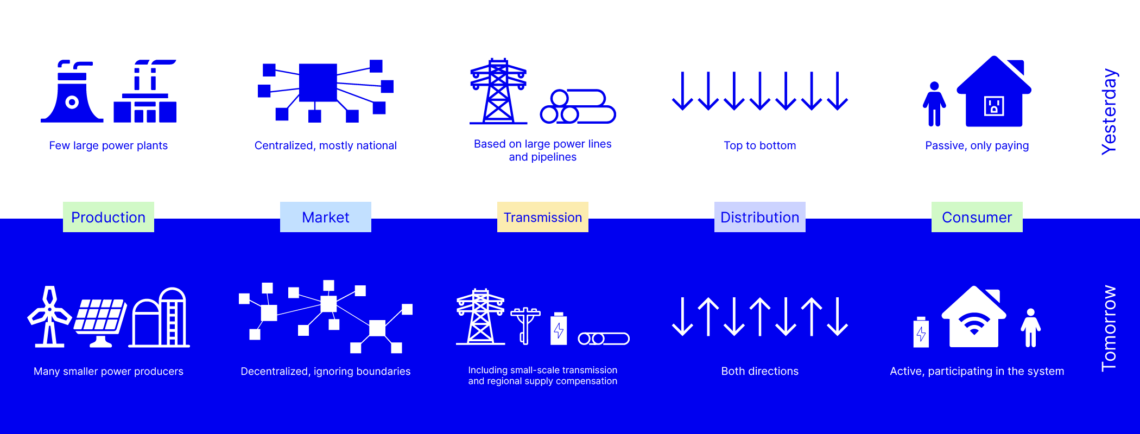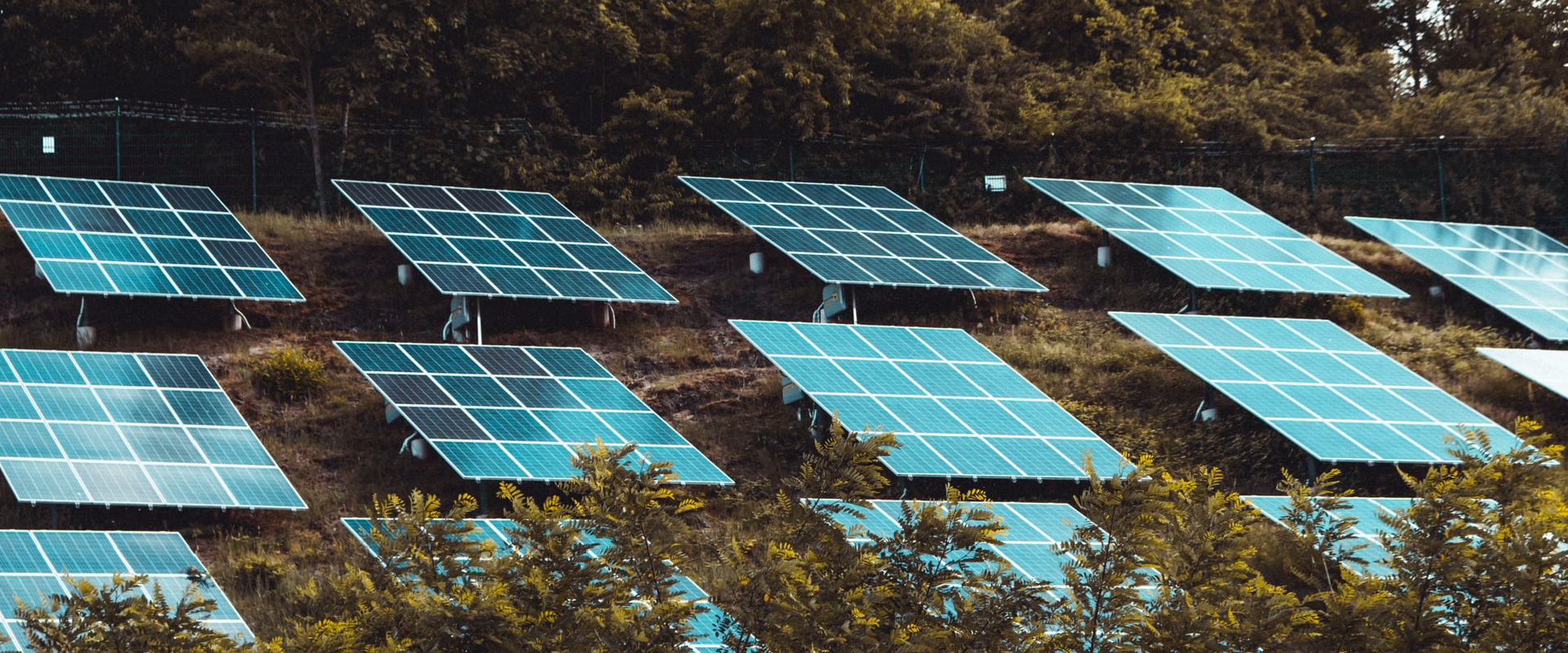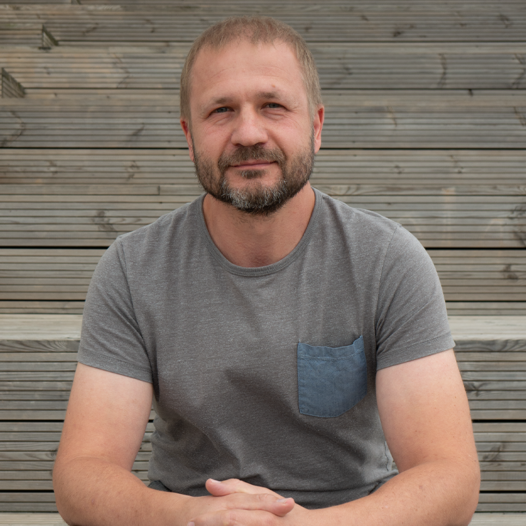What?
As a member of an energy cooperative, everyone can become a shareholder in a solar or wind farm and earn long-term stable return in an environmentally friendly way. The local municipality is also a member of the community and owns suitable public spaces and properties suitable for renewable energy production.
Why?
In Estonia we are still generating electricity from oil-shale. To increase the share of renewables we need additional locations to harness wind and sun for generation of green and renewable energy. An ordinary person has limited opportunities to participate in energy production due to technical criteria and high level of minimum investment requirements. The municipalities have limited budgets to invest into renewables production. There is no effective model of engagement available today to encourage communities to make the green turn. Each municipality and community has to figure the solution out on their own and are just waiting for someone to execute the first pilot project.
How?
We are piloting the community energy model where both – local community and municipality are participating at setting up local renewable energy production. We create a community energy based cooperation model, where benefits from locally produced renewable energy can be shared between local community, municipality and enterprises. The larger the share of locally produced electricity, the bigger the share of money that keeps circulating within the community, increasing the energy independence and lowering the environmental foot-print at the same time.

Hypothesis
Estonia is a perfect place to test novel and innovative models. A successful pilot project could be replicated via copy-paste model to all 79 Estonian municipalities. Public sector involvement creates an extra layer of trust, enables the use of public buildings and areas for renewables production, encourages and leads by example.
Did you know?
- In 2020, renewable energy made up only 25% of total electricity consumption.
- 43% of electricity was imported and a relevant amount of funds were paid out from Estonia.
- According to the European Commission, by 2030, energy communities could own 17% of installed wind capacity and 21% of solar capacity in EU.



